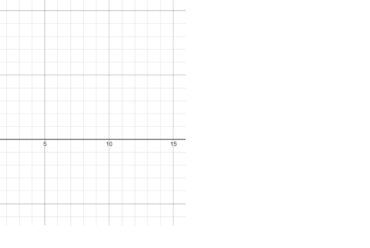MAXIMUM AND MINIMUM VALUES OF A FUNCTION
To find the maximum and minimum values of a function, you typically follow these steps:
- Find the critical points by setting the derivative of the function equal to zero and solving for x.
- Evaluate the function at these critical points and at the endpoints of the interval of interest.
- Compare the values obtained in step 2 to determine the maximum and minimum values.
Here’s a more detailed explanation:
- Find the critical points: Given a function f(x), find f′(x) and set it equal to zero to find critical points.
- Determine the endpoints of the interval of interest, if any.
- Evaluate the function at the critical points and the endpoints of the interval of interest.
- The largest and smallest values obtained in step 3 will be the maximum and minimum values of the function, respectively



